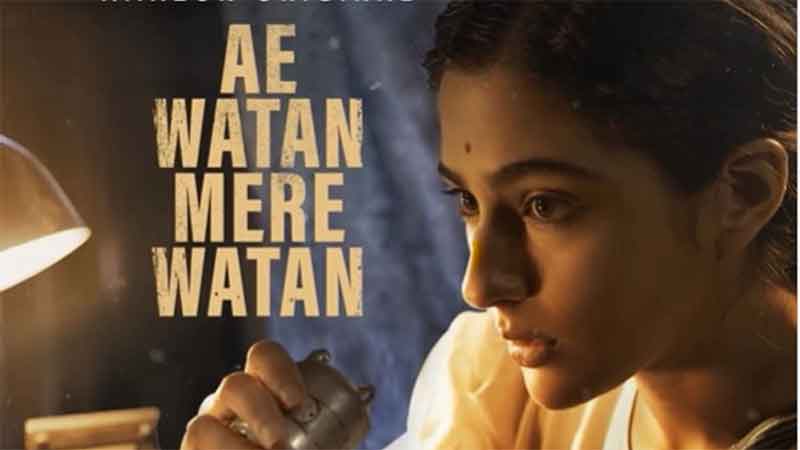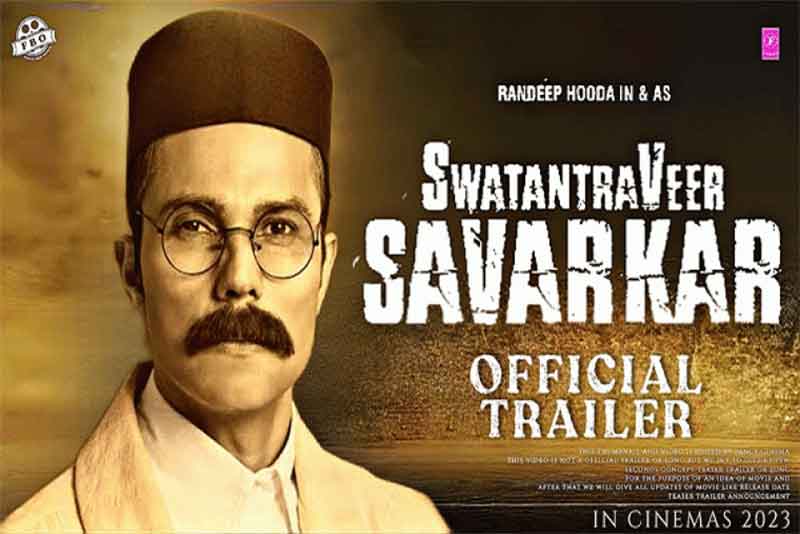Some time ago, another edition of International Women’s Day was observed with the right amount of feistiness. Among other things, women-related films were screened and discussed in some places in this or that city. Two early documentaries by Mira Nair could perhaps have been profitably included in such programmes. Unfortunately, her documentary films have been little seen and less discussed. It is important to note that these initial efforts have not received the critical attention they deserved. Nair (born 1957) went on to bigger things in subsequent times, scoring at least two international hits in fiction cinema (Salaam Bombay and A Monsoon Wedding), but there are some viewers who nostalgically recall the young Nair’s documentaries as some of the best work she has done. Understandably, the Camera d’ Or at Cannes (for Salaam Bombay, 1988) or the Lion of St. Mark at Venice (for A Monsoon Wedding, 2001) have obscured the relevance of the documentaries.
Examining the role of patriarchy in determining social behaviour is one of the principal concerns of Nair’s So Far From India (colour, 1982, 52 minutes), a documentary about two worlds, one inhabited by the entrepreneurial, impatient-to-succeed Ashok Seth, and the other by his ever-patient, neglected young wife, Hansa. Both lives are tense and marked by a sense of deprivation that is more material in the case of the man and more emotional in the case of his wife. Although made more than thirty years ago, So Far From India still retains a quality of charmed engagement with familial realities that is difficult to miss. The realities are by turn, disturbing and delightful. Needless to emphasize, this film of considerable sociological importance has gained increased relevance in the wake of globalization and a growing number of people like Ashok Seth taking off for foreign shores with stars in their eyes and not an inkling about what awaits them at the end of the promised rainbow.
Nair: “Ashok Seth is one of many Indian immigrants who work in subway news-stands in New York City. His life is anonymous, but it has the advantage of freedom from family obligations and demands. In August 1981, a film crew accompanied Ashok on his first trip back to his hometown of Ahmedabad, when he returned to see his wife, Hansa, and their newly-born son. The resulting film explores the conflicts that arise in the confrontation of Indian culture with American society. It shows us the man’s world in New York, the woman’s world in India, and the charged re-union. It shows lives irrevocably changed by a new country.”
It is obvious from the look of things that large amounts of physical labour and mental exertion had gone into the making of So Far From India. The film is done with care and concern for individuals, for families. It is a pair of sensitive, compassionate eyes looking at the predicaments of the principal players in a domestic drama characterized by both tension and tenderness. Critical issues like the need for love and of loneliness in the absence of it are assessed from different angles and positions. The urge for emotional sharing that is felt more acutely by the one left behind in Ahmedabad is given a human and credible face by Nair. It is easy to make value judgments for or against Ashok Seth who is shown in varying moods, from easy excitability to demonstrative loving, but going by the way in which the film is mounted, one daresay that such judgments would necessarily be at the expense of objectivity.

Still from ‘So Far From India’
Nair is against taking sides, and understandably so. Taking sides would have ended once and for all the possibility of a dialogue on a contentious subject first between the director and the couple, and second between the director and her audience. However, it is perhaps unavoidable, in fact necessary, that there should be a faint bias for the wife long separated from her husband, a separation that she thinks need not have been. Hansa cannot understand why her husband should try to “succeed” in distant New York among strangers and at such privations to himself and his family when a decent, reasonably comfortable life could be had at home, in Ahmedabad. The woman’s simplicity in thought and speech, in logic and lifestyle, is in sharp contrast to that of her husband who has, it would seem, picked up quite a bit of high-falutin’ nonsense during his stay abroad.
Be that as it may, Nair tries to be fair to both sides. Having herself lived in both India and the United States, she may rightly claim to know something of the varied complexities and contradictions that make for the immigrant experience. So, the film is as much about the not-so-glorious aspects to the lives of desperate immigrants like Ashok, as it is about the ambivalent situation in which they leave behind their closest relatives at home, especially wife and child (or children). The constant hiatus between alluring dreams and actual performance is a cause of pain and resentment to either side – this, may be said to be the most compelling part of the director’s sensitively-stated point of view in So Far From India.
Customary signs of weakness of an early film are in evidence here, such as poor quality of sound recording even while shooting indoors. But, coming to think of the final objective of documentaries of dissection and discovery such as this, the film’s technical blemishes call more for understanding than adverse comment. In fact, such limitations seem minor, even negligible, compared to the urgency of the subject it examines in physical conditions that are far from perfect. To overlook the superior quality of the screenplay which carries the stamp of an inquisitive and imaginative mind, would mean doing a distinct disservice to the film. So Far From India demands to be seen by more perceptive viewers in this country and elsewhere where patriarchy and its concomitant evils are to be easily discerned in different shades and degrees.
The other documentary by Mira Nair that calls for inclusion in any discussion on the subject of family, society and film is India Cabaret (1985, 60 minutes, colour). Heavily laden with interviews, like in So Far From India, India Cabaret explores stereotypes of the “respectable” woman and the “fallen” woman in Indian society. Nair: “The main characters in the film do not conform to the prototype of the chaste, submissive, self-sacrificing figure of the Indian wife and mother; they are cabaret dancers whose marginal existence in society becomes a vehicle for the film’s examination of Indian values and some of their inherent contradictions.”
Its subject being what it is, it is easy to view India Cabaret as a calculated exercise in titillation; as an attempt at exploiting sexually repressed viewers, admittedly a variety of human beings of whom there is never a scarcity in this land (or any other, for that matter). But the fact is that here is a serious effort to document and analyse the lives of some women driven mostly by economic necessity to the extreme of baring their bodies for a living. In the process, hypocrisies, injustices and abject cruelties in a traditional male-dominated society come to the fore.
The problems and difficulties of the women in the film come to assume an extra dimension with the introduction of Pujara’s wife. (Vijay Pujara, a Gujarati tradesman, is a ‘regular’ at the Meghraj, a night-club in suburban Bombay.) Pujara’s wife, a lawfully-wedded woman, is in a sense treated even more shabbily than the cabaret-dancers who charge a fee for their services and perhaps can opt out of a relationship when they wish to. Urmila, Pujara’s wife, is strong and articulate, but helpless and philosophical about her situation – she is stuck for life with a man who couldn’t care less about what happens to her.
The mind races to the Ramayan which speaks of another Urmila, Lakshman’s wife, who suffered a different kind of indifference from her husband for no fault of her own. The mythological Urmila quietly put up with the cruel injustice of separation from her husband, thereby setting a precedent of the suffering wife that exists as much in folklore as it does in real lives, circa 20th and 21st centuries.

Mira Nair, director of ‘So Far From India’
The Urmilas and Hansas of contemporary India – to be found in thousands all over the land, notwithstanding improved education, job opportunities and other facilities – are a reminder of the truism that more things change, the more they remain the same. It is something worth noting that, in a sense, these daughters of modern Gujarat – one in Ahmedabad, the other in Bombay – have gained nothing from the industrial and commercial development of western India, this so-called ‘progress’ has not lessened gender injustice or social obscurantism, both of which appear to be increasing rather than lessening. Urmila waits for her husband to return home at night, her dinner uneaten as an expression of her pativrat (vow to serve her lord and master); Hansa’s plight is even more severe for she does not know when her NRI husband will visit her next. Women of India, unite, you have nothing to lose save your sleep over your absent or fitfully present husbands!
( Vidyarthy Chatterjee writes on cinema,society, and politics.)
SIGN UP FOR COUNTERCURRENTS DAILY NEWSLETTER
















































